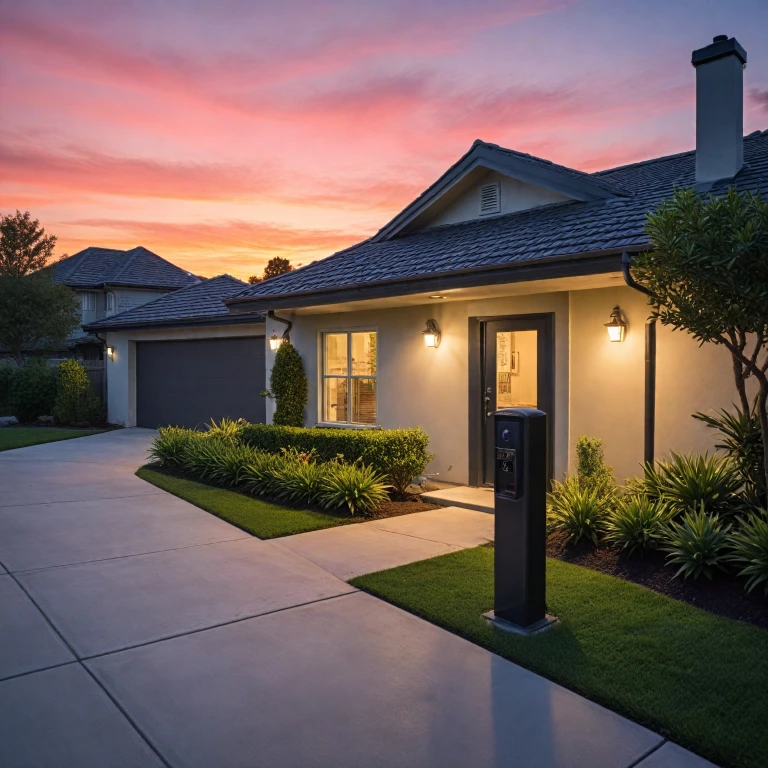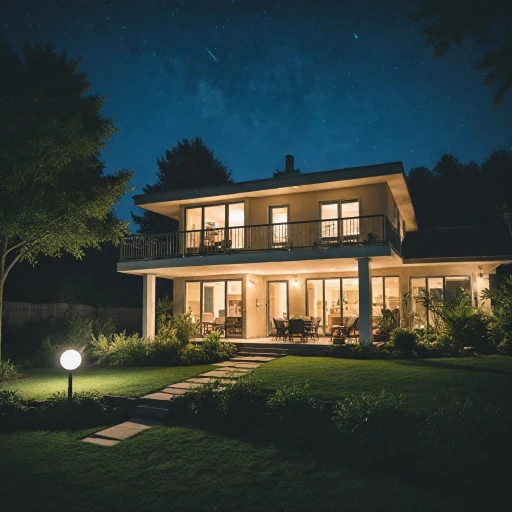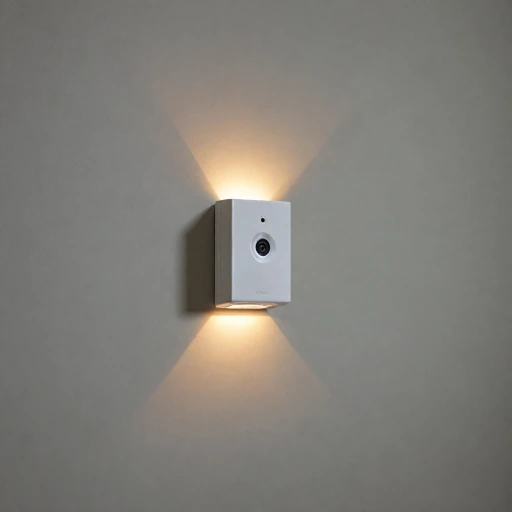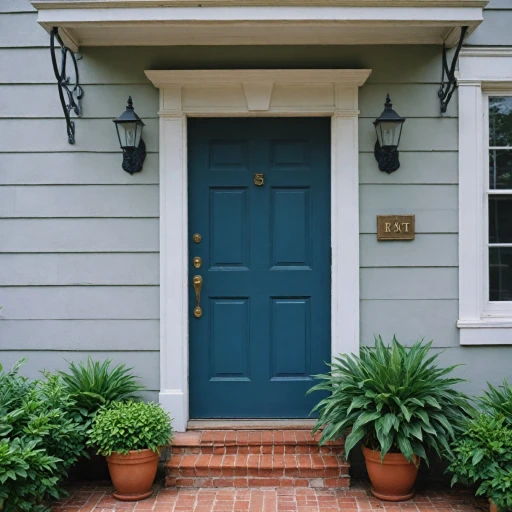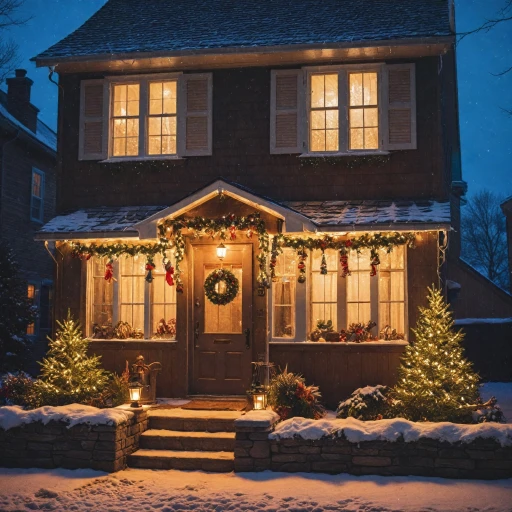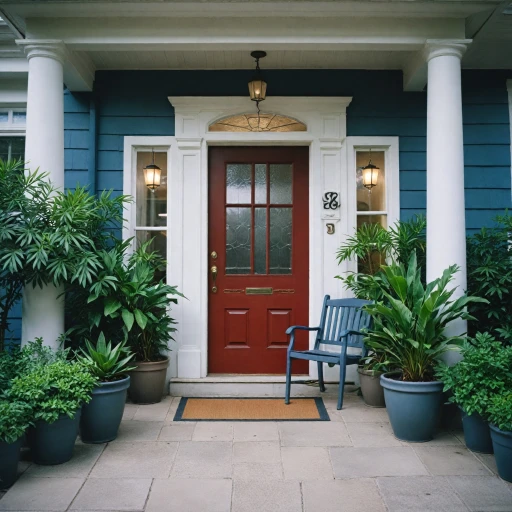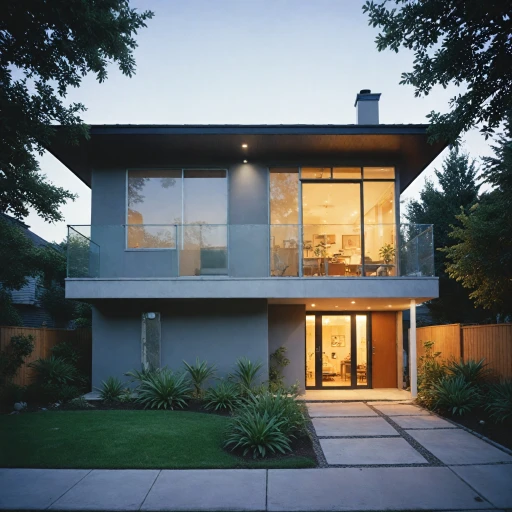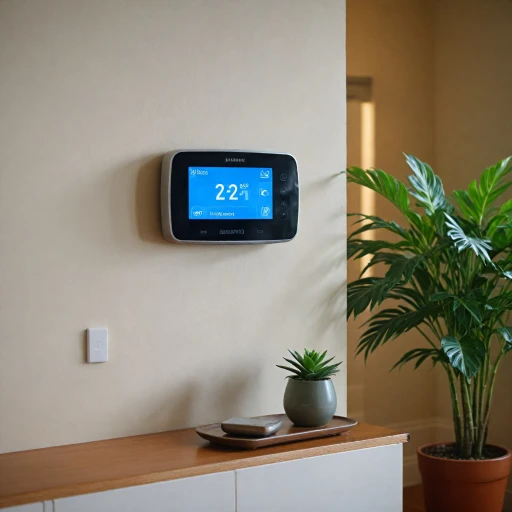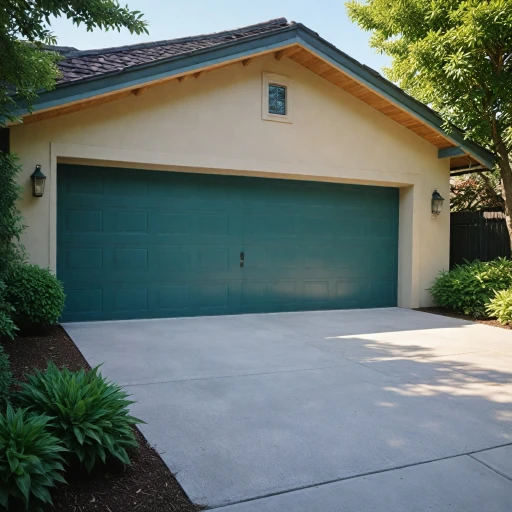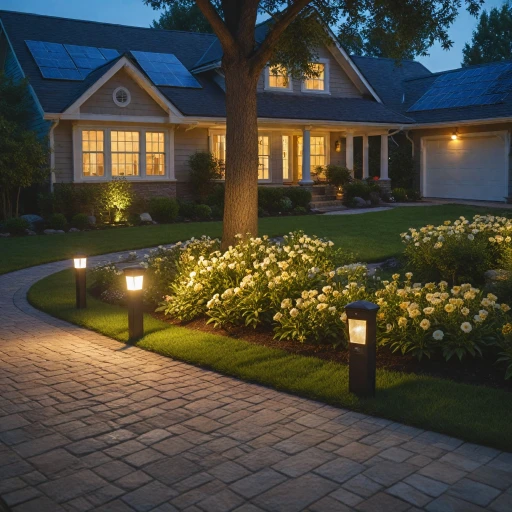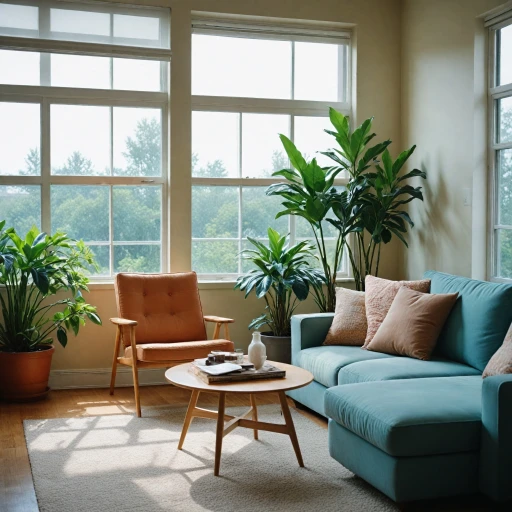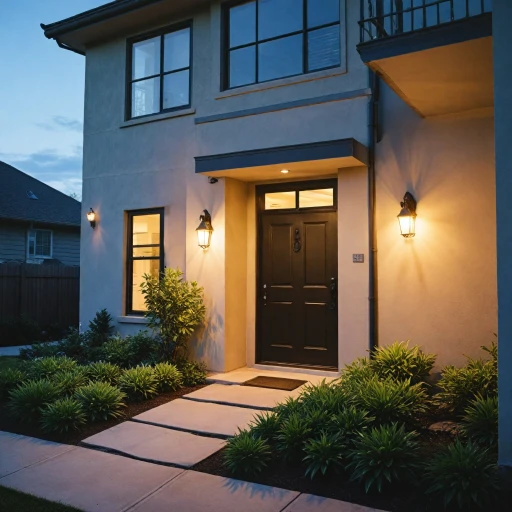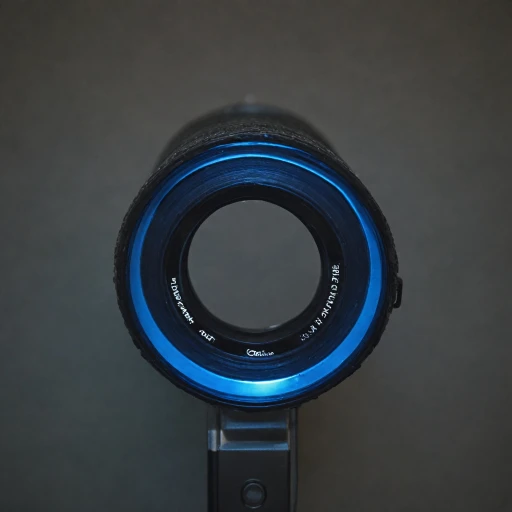
Understanding the Importance of Camera Placement
Why Strategic Placement Matters for Your System
The role of strategic camera placement in establishing an effective security system cannot be overstated. Properly positioning your security cameras is crucial in ensuring comprehensive surveillance and reducing blind spots that could otherwise compromise the safety of your home. Whether you are looking to monitor outdoor areas such as your front door or focusing on indoor security, the placement of each camera directly impacts the level of surveillance provided.
Different areas around your home require specific placement techniques to optimize the field view and capture potential threats. Key entry points, often targeted by intruders, should be prioritized when placing cameras. An effective security setup doesn't just involve randomly installing security cameras; it involves a tailored approach that considers the unique architecture and vulnerability of your property.
Keeping a clear view and minimizing obstacles in the video feed is essential. This may involve overcoming challenges such as varying light conditions or potential obstructions from foliage or infrastructure. For both outdoor security and indoor cameras, strategic placement will help maintain a consistent and reliable surveillance feed.
Adopting best practices for camera placement contributes significantly to achieving the best security for your home. It's not just about the technology; it's about how you install and position cameras effectively.
Optimizing your security camera placement involves understanding how these factors interconnect, ensuring that no corner of your property remains unprotected. For comprehensive insights into how strategic camera placement enhances safety, you can explore additional resources on enhancing your home's safety with Ring camera security systems.
Key Areas to Consider for Camera Installation
Strategically Position Your Cameras for Comprehensive Coverage
When it comes to maximizing the effectiveness of your security system, camera placement plays a pivotal role. Ensuring your cameras are optimally positioned can make a significant difference in capturing essential footage and deterring unwanted activity. Here are some key areas you should consider to enhance your security setup:
- Entry Points: Your front door and other main entry points are prime locations for placing security cameras. A doorbell camera can provide a clear video feed of visitors approaching your door, increasing your home's security.
- Blind Spots: Many homes have areas not visible from the street, like side or backyards. Installing outdoor cameras in these locations helps maintain a comprehensive field view, reducing potential blind spots.
- Common Areas: Installing indoor cameras in common areas like the living room can help keep a watchful eye on high-traffic zones, offering an additional layer of security.
- Driveways and Garages: Monitoring your driveway or garage with a security camera system can deter package theft and vandalism.
- Outdoor Spaces: To monitor outdoor security, cameras strategically placed around the perimeter can safeguard your property from various angles.
By paying attention to these key locations, you can ensure your security system covers the most important areas. To learn about more practical tips for enhancing home security using cameras especially during vulnerable times like the holidays, check out our detailed guide.
Height and Angle: Getting the Best View
Maximizing Your Camera's Field of View
Achieving the best view with your Ring camera is crucial for maximizing your surveillance capabilities. When you position cameras in your home security system, there are several factors to consider to ensure optimal field view and reduce blind spots.
Firstly, for outdoor cameras, particularly around entry points like the front door, you should place cameras high enough to avoid tampering but low enough to capture clear, detailed video footage. A recommended height is often between 8 to 10 feet off the ground. Angling the camera slightly downward will help cover a wider area while minimizing blind spots. This placement not only enhances your security system but also ensures the best security coverage for monitoring activity.
For indoor cameras, the placement should allow a clear view of key areas such as living rooms, hallways, or near valuable items. Placing cameras at an angle across a room corner can provide a comprehensive view, allowing the camera system to survey larger areas effectively. The right angle is vital to capture all necessary movements without obstructions.
Be mindful of common obstacles like plants or furniture that can obstruct the camera's view. Additionally, when installing doorbell cameras, make sure they are mounted at an appropriate height where they can clearly capture visitors' faces.
For more insights on optimizing field view and understanding your camera's operational features, you might find useful information on the significance of the blue light on your Ring camera page.
Addressing Common Obstacles and Challenges
Overcome Common Obstacles in Security Camera Installation
When it comes to effectively placing your security camera system, certain challenges can be expected. Overcoming these will help in utilizing your camera's potential for optimum security.- Adjusting for Weather Conditions: Outdoor cameras require careful placement to withstand weather elements. Make sure they're in a sheltered place, such as under eaves, to avoid constant exposure to rain or snow. This ensures your surveillance system remains functional and prolongs the life of your equipment.
- Avoiding Blind Spots: It's crucial to position cameras to cover all vulnerable areas. This might require installing additional cameras to have a comprehensive view. Strategically placing an outdoor security camera can eliminate potential blind spots, ensuring every entry point into your home is under surveillance.
- Addressing Power and Connectivity Issues: Ensuring your cameras have access to a stable power source and Wi-Fi connectivity is paramount. Placement near power outlets or considering battery-operated options can be beneficial. For handier connectivity, place Wi-Fi repeaters if necessary to maintain a reliable connection.
- Balancing Aesthetics and Security: While it's tempting to hide cameras to keep them discrete, security mustn't be compromised. Indoor cameras should be positioned tastefully, without sacrificing their field view, so your security system continues to serve its purpose effectively.
Privacy Considerations for Camera Placement
Mindful Placement to Respect Privacy
When setting up a camera system for security purposes, it's crucial to take privacy considerations into account. The balance between capturing comprehensive surveillance footage and respecting the privacy of those around your property can be delicate, but it is achievable.- Respect Neighbor's Space: Ensure that the placement of outdoor cameras does not intrude into neighboring properties. It's best to position cameras in a way that focuses on your own property and potential entry points like the front door and other areas needing security.
- Avoid Sensitive Areas: For both indoor cameras and outdoor security cameras, aim to keep cameras directed away from sensitive or private areas, such as bedrooms and bathrooms. Place cameras in more public areas of your home or property, where surveillance can effectively contribute to security without infringing on personal privacy.
- Clear Communication: Openly communicate with household members and neighbors about the installation of security cameras. Transparency fosters trust and understanding, alleviating concerns about surveillance.
- Field View Adjustments: Consider configuring the field view to exclude off-limit areas through angle adjustments. A well-thought-out setup can prevent the view from inadvertently capturing unintended scenes.
Maintenance Tips for Long-Term Efficiency
Regular Checks and Cleaning
Maintaining your Ring camera involves routine checks and cleaning to ensure continuous optimal performance. Start by examining your security cameras periodically to make sure all components are intact and without any visible wear or damage.- Lens Cleaning: Clean the camera lens gently with a non-abrasive cloth to prevent any grime or dust buildup that can obscure the view.
- Weatherproofing: Assess outdoor cameras for dirt or water enclosures, especially after severe weather, to ensure that weatherproofing seals are effective.
